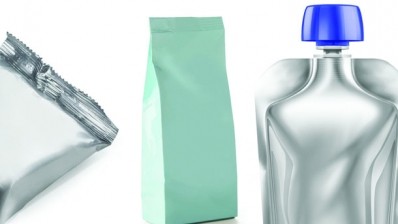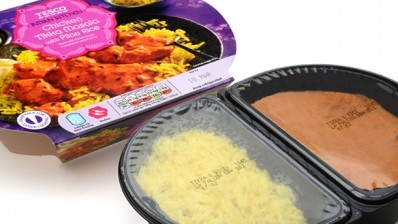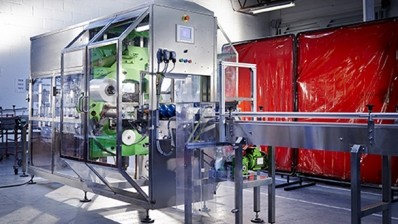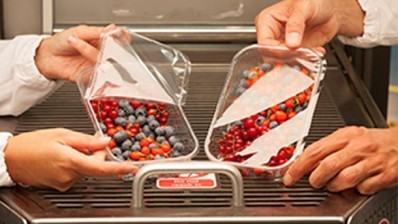New film options for the Easy-opening of packaged food

Film technology is increasingly being deployed to resolve problems of pack openability and inclusivity, with brand-owners keen not to exclude the growing proportion of consumers with limited strength and dexterity.
One firm innovating in this area is Innovia Films. “The UK population is ageing, but this is also about other segments of the population affected by limited dexterity,” said Amaia Cowan, product manager for packaging films at Innovia.
Some of the pressure to develop peelable and easy-open solutions is coming from brand-owners, said Innovia.
There is a better understanding that many over-60s have significant disposable income and also show greater brand loyalty than other groups.
Avoiding buying packs
Conversely, there is anecdotal evidence that consumers are avoiding buying packs that they know are difficult to open, or which tear apart.
Easy-open innovation can involve applying new materials to relatively standardised film areas such as biaxially-oriented polypropylene (BOPP).
“Some of the materials we use have not been seen in other BOPP products,” said Innovia research and development director Andrew Bayliff. “We like to think we engage with the fundamental polymer science.”
One such example is Innovia’s Propafilm RCP film range, which has been extended to include 52 and 60 micron versions.
The peel strength on 52 micron RCP film is around 300g/25mm, compared with 800g/25mm on a more standard BOPP film.
Cohesive failure in a controlled way
“The peelable effect comes from one of the co-extruded layers,” said Bayliff. “We engineer a cohesive failure in a controlled way.”
Innovia did not disclose the specific co-ex layer that provides the ‘cohesive failure’, but a US patent published in 2011 in the company’s name describes a peelable film combining a copolymeric, peelable core with a heat-sealable ‘skin’.
A copolymer of this sort could include polypropylene with PP or another plastic.
Cowan would not be drawn on the comparative pricing of this and standard BOPP films. “There is a difference,” she said.
“But the cost-effectiveness of the film is helped by the fact that there is no need to modify the line in order to run it.”
















